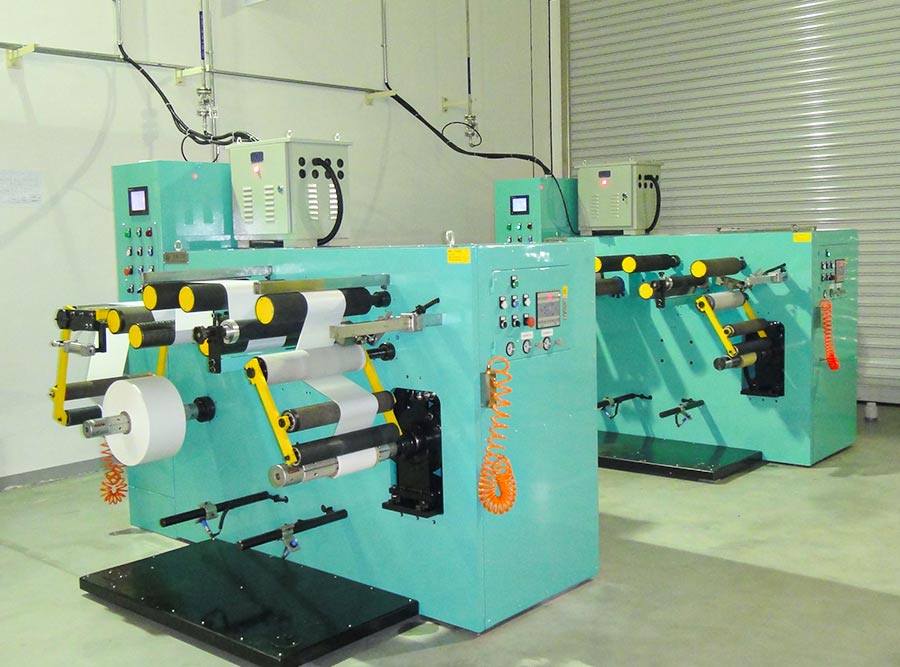
Different blade types in a shaft-type slitter significantly affect the quality of the cut material by influencing the precision, smoothness, and consistency of the slitting process. Here's how various blade types impact the outcome:
Razor Blades: Razor blades are known for their sharpness and precision, making them ideal for cutting thin, delicate materials like plastic films, paper, and foil. They provide a clean, straight cut with minimal material deformation. However, razor blades may dull quickly and are less effective on thicker or tougher materials, where they might cause tearing or uneven edges.
Rotary Shear Blades: Rotary shear blades work like a pair of scissors, with two circular blades that rotate in opposite directions. This type of blade is suitable for cutting thicker or tougher materials, such as cardboard, textiles, and heavy-duty films. Rotary shear blades provide a smooth, burr-free cut and maintain consistent quality over long production runs. The shearing action also reduces dust and particle generation, which is beneficial in applications where cleanliness is important.

Crush Cut Blades: Crush cut blades involve a rotating blade that presses against a hardened surface, or an anvil, to cut the material. This method is effective for slitting soft, compressible materials like foam, rubber, or non-woven fabrics. The quality of the cut depends on the material's thickness and density. While crush cut blades can handle tough materials, they may produce a rougher edge and are less suitable for applications requiring high precision.
Score Cut Blades: Score cut blades create a partial cut or score line, which is then torn or folded along the line. This method is often used for materials that need to be perforated or where the cut does not need to go all the way through, like certain packaging materials. The quality of the cut can vary, with the potential for rough edges or incomplete cuts if the material is too thick or tough.
Dished Blades: Dished or concave blades are designed to cut thicker materials with a reduced chance of material drag or distortion. They are often used in applications where a consistent, smooth edge is critical, such as in the slitting of textiles or heavy-duty films. The shape of the blade helps to maintain contact with the material, ensuring a cleaner cut and reducing the likelihood of fraying.
The choice of blade type in a shaft-type slitter is crucial for achieving the desired quality of the cut material. Selecting the appropriate blade for the material being processed ensures optimal performance, minimizing defects and maintaining consistency in production.